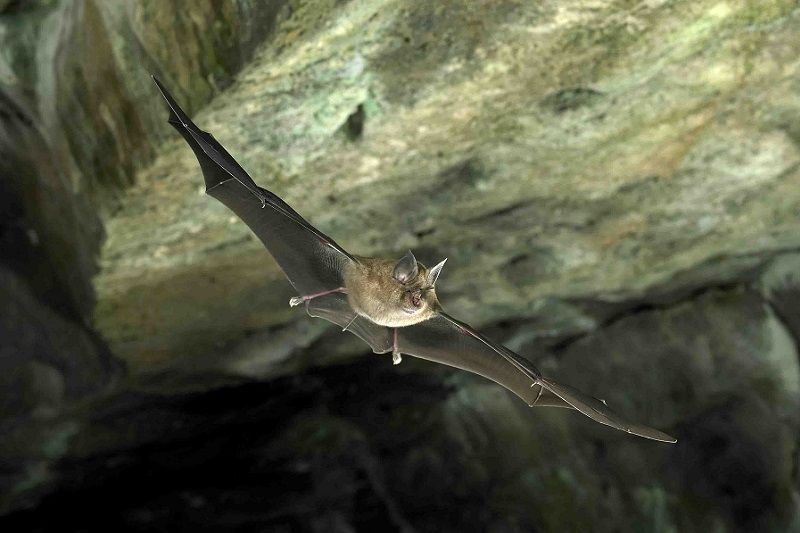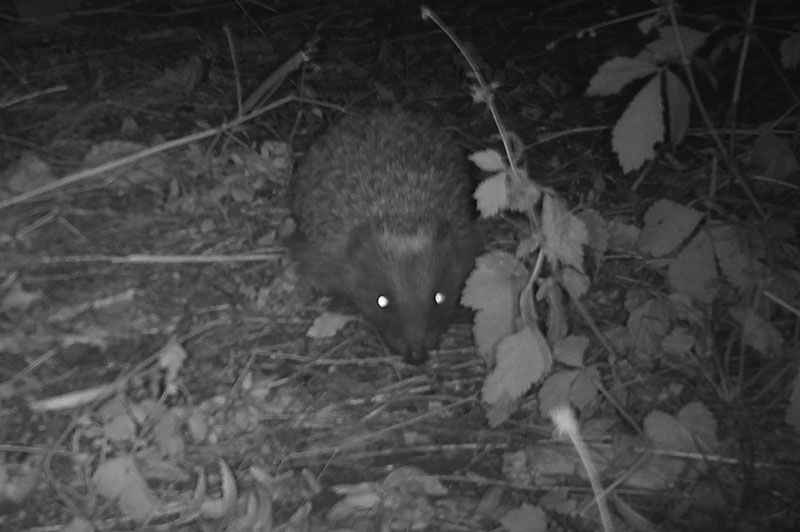As the days shorten, the lights will come on a little earlier. It’s a feature of urban environments we often overlook, but for many species it’s the dark, and not the light, that’s home.
Night and day
Artificial light at night (ALAN) means fewer dark habitats, and while it makes our own lives easier and safer, for some of our wild neighbours, it can be more troublesome.
Daily and seasonal patterns, the roll of night and day, long and short daylength through the year, enable animals to anticipate environmental events. They use natural light cues to synchronise their body clocks and to time activities such as growth, reproduction, and migration. When these cues are masked, however, by artificial light, they can affect species as diverse as plants, dogwhelks and even people.
In areas where there’s artificial lighting, some trees come into flower sooner and songbirds start the dawn chorus earlier. Nocturnal pollinators such as moths and beetles visit flowers less frequently and the day-to-day lives of bank voles coincide less with those of their neighbours as home ranges overlap less and individuals are active at different times. What the wider consequences of such effects might be, for these and other species, intricately bound up with them, isn’t known yet.
Artificial light and bats
Among mammals, bats have received particular attention in studies of ALAN, and its effects are split. Fast-flying species frequently feed around streetlights, making the most of the abundant insect prey attracted to the light. Slower-flying bats, which forage in more confined spaces, are often light-averse. These species – which include Daubenton’s and Natterer’s bats – lose out in two ways: avoiding lit areas where they might otherwise feed and, in areas where they do, encountering fewer prey because insects are attracted away (a consequence dubbed the ‘vacuum effect’).
Artificial light can disturb bats in other ways too. Light close to the entrance of a roost can make bats reluctant to emerge. As a result, they spend less time foraging and miss the peak feeding time just after sunset.
The Bat Conservation Trust has information and guidance about the impact of artificial lighting on bats.
Night manoeuvres
Hedgehogs, too, have been the subjects of studies on the effects of ALAN. Like bats, hedgehogs avoid artificial lighting, keeping to less well-lit areas, and this could affect other behaviours. Reassuringly, they don’t seem to be put off their food: in gardens where supplementary food is put out at feeding stations, artificial lighting has no overall effect on visits or feeding activity, although, individually, hedgehogs can show marked changes in behaviour in response to lighting.
The dark is an important feature of wild habitats. It’s home to nocturnal species, and almost all the living world takes its cue from daily and seasonal changes in daylight. Light is important to us, but preserving dark habitats where we can, reducing the spill of light into areas where it’s not needed, and saving energy, too, are important steps to conserving the natural world.
Get involved with our mammal watching surveys, Living with Mammals today or visit our mammal fact files to learn more about British mammals:


